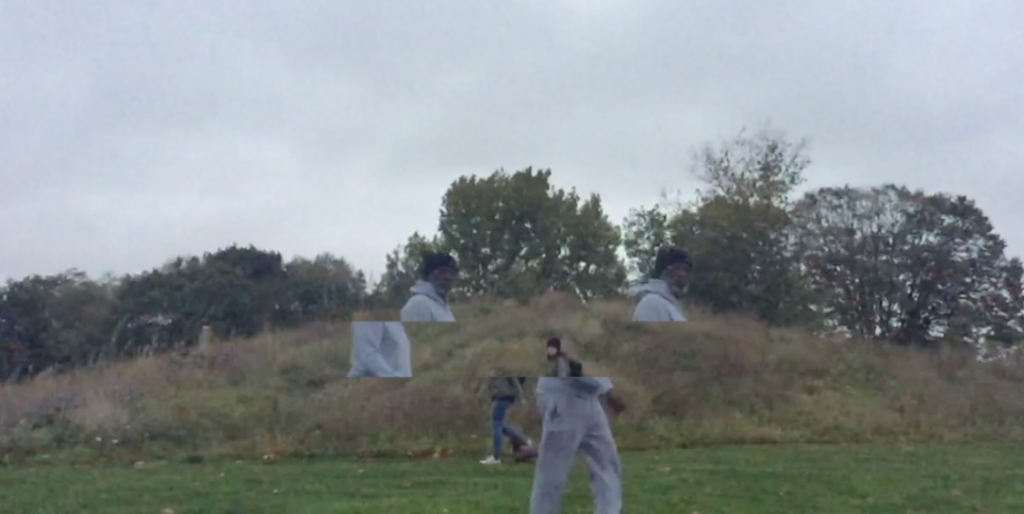“Roland Barthes describes how one evening, ‘half asleep on a banquette in a bar’, he tried to enumerate all the languages in his field of hearing: ‘music, conversations, the noises of chairs, of glasses, an entire stereophony of which a marketplace in Tangiers (described by Severo Sarduy) is the exemplary site’. He continues: And within me too that spoke (it is well known), and this speech called ‘interior’ very much resembled the noise of the market- place, this spacing of little voices that came to me from outside: I myself was a public place, a souk; the words passed through me, small syntagms, ends of formulae, and no sentence formed, as if that were the very law of this language.
“This ‘language’ is ‘lexical, sporadic’,12 and constitutes a ‘definitive discontinuity’ in him. Its component ‘non-sentence’ is not a prelim- inary to the sentence, something that lacks the power to accede to the sentence, it is rather ‘eternally, superbly, outside the sentence’.”
Here, writes Barthes, ‘all of linguistics falls, which believes only in the sentence’, for the sentence ‘is hierarchical: it implies subjections, subordinations’. Above all, the sentence is that which is completed.13 In referring to ‘this speech called “interior”’14 Barthes most probably alludes to the Russian linguist Lev Vygotsky, who coined the expres- sion ‘inner speech’. Unlike externally directed communicative speech, Vygotsky writes, inner speech ‘appears disconnected and incomplete’.15 Vygotsky’s ‘inner speech’ is the adult survival of what Jean Piaget calls the ‘egocentric speech’ of the small child. In psychoanalytic terms it represents the persistence of the ‘primary processes’ that historically precede ‘secondary’ modes of thought – preferring images to words, and treating words like images. When Vygotsky notes that in inner speech, ‘a single word is so saturated with sense that many words would be required to explain it in external speech’,16 we may suppose that he refers to that same mechanism that Freud terms ‘condensa- tion’, that which renders the dream ‘laconic’ in comparison to the wealth of dream-thoughts.17 Eyes half closed, Barthes sees a homology between the cacophony of the bar and his involuntary thoughts, and finds that no ‘sentence’ forms. When Stanley Kubrick’s film Eyes Wide Shut (1999) was released one reviewer compared it unfavourably to its source in Arthur Schnitzler’s novella Dream Story.18 He observed that Schnitzler’s narrative consists of a series of disconnected incidents that the writer nevertheless unifies into a meaningful whole through the continuous presence of the narrator’s voice. The reviewer complained that Kubrick’s retelling of the story suffers from the absence of this device, and that as a result the narrative remains disturbingly disjointed. The ‘disjointedness’ that the reviewer found in Kubrick’s film might be seen as a structural reflection within the film of its own immediate exterior, the mise-en-abyme of its existential setting.”
(Burgin, 2004, pg. 10-11)

